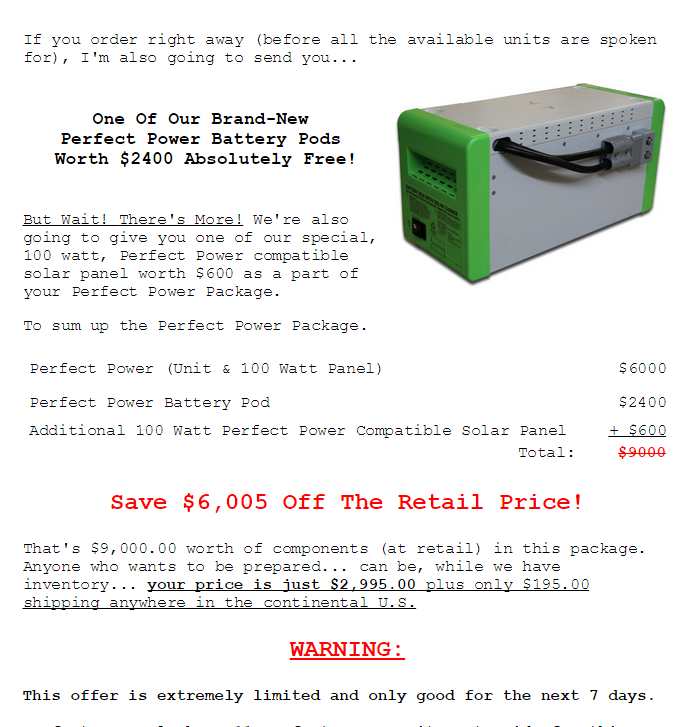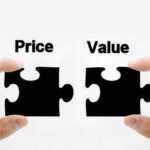When you ask a customer to part with a large sum of money over the internet, they’re more likely to scrutinize your offer. A higher price tag leads to an increased sense of commitment and anxiety on the part of the customer. It’s your job to include enough marketing content on your web page to soothe your prospect’s fears. Sometimes it may only require a short sales page, but sometimes it may require you to develop a long-form sales page.
The potential customer wants to know where their money is going and if they’ll get enough value for how much you are asking them to shell out. You need to use as much space as you need to be crystal-clear about the benefits of your offering and exactly what they’ll get if they choose to buy from you.
When it comes to designing a longform sales page, there are three basic types of consumers of internet content.
Skimmers skim a page from top to bottom to get a quick overview. They are typically pretty quick to act since they already have their minds made up before they even go to your page.
Scanners spend more time on the page than skimmers. They scan the page, but when something catches their attention, they read it more thoroughly.
Readers read every word from top to bottom. Readers are typically pretty slow to act. They tend to think things over and want every single ounce of detail before making a decision.
The majority of users are scanners and only read the headlines. Scanners scroll down the page, stop at the headings that grab their attention, read that content, and begin scanning again. Moreover, our brains pay close attention to patterns and quickly learn to ignore anything that is routine, repetitive, predictable, or just plain boring. Sub-headlines and white space encourage people to pay more attention to anything that’s different. This means you have to constantly change the layout around to keep it interesting. Sameness equals boring and drives people away.
There are a few best practices when it comes to writing a long sales page to appeal to each of the three types of consumers of internet content.
– Font size should vary and never be smaller than 16pt.
– Use short sentences that are no more than 40 to 80 characters long.
– Start a new paragraph after every three or four sentences.
– Use lots of lists, quotes, and tables to mix up the look.
– Use a new sub-headline for every two to three paragraphs.
Are your sales pages optimized for the three types of internet consumers?












